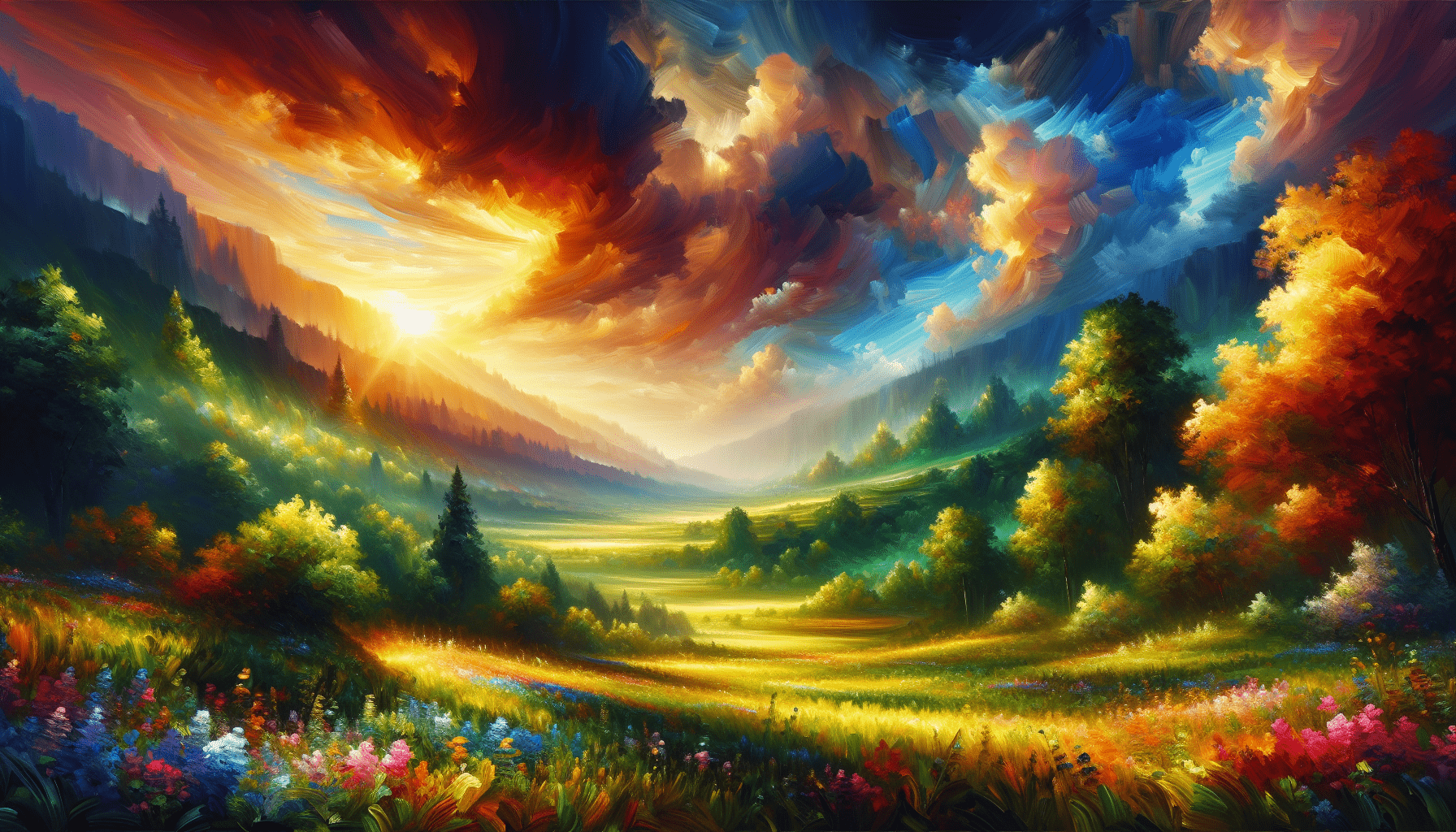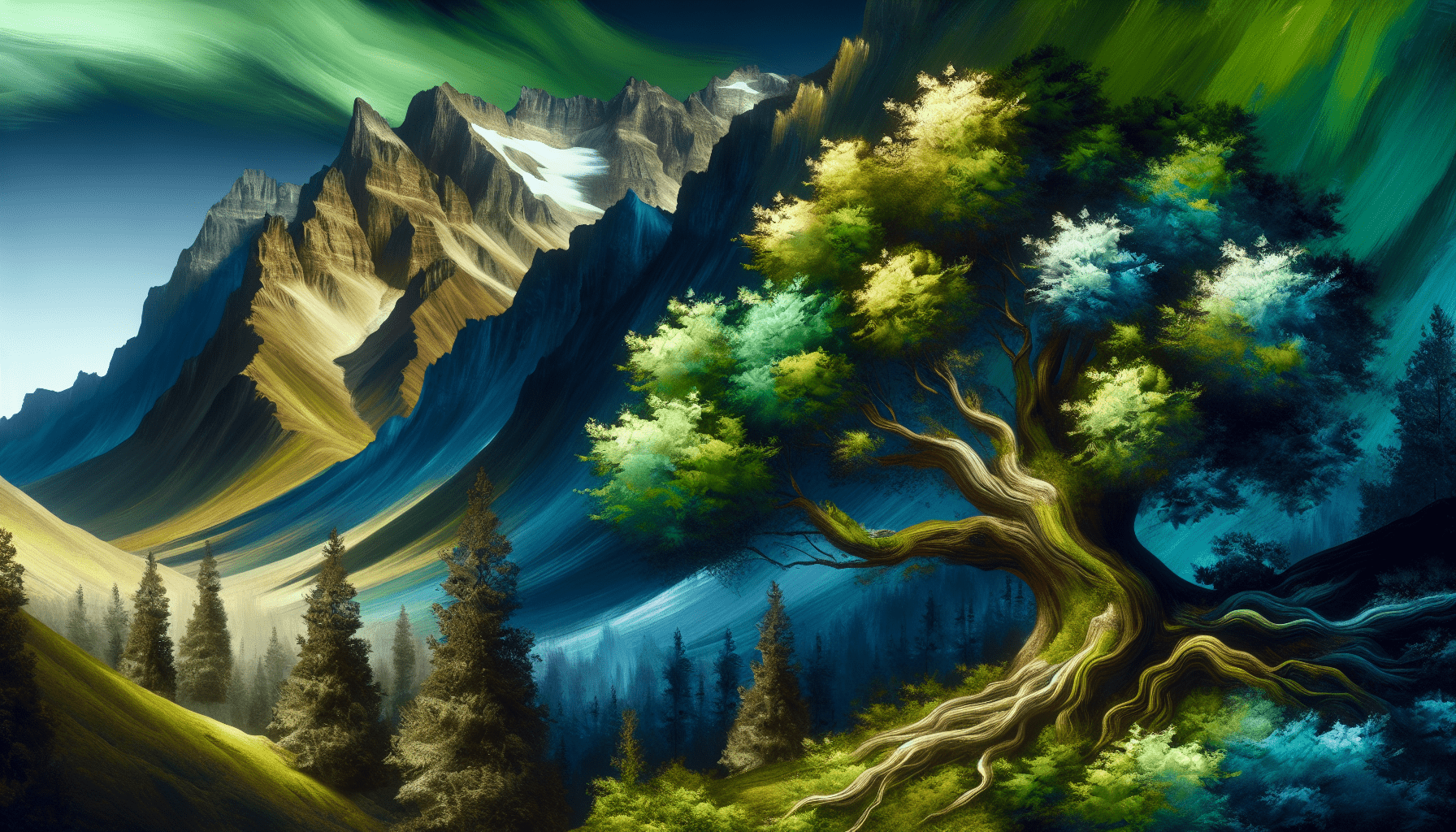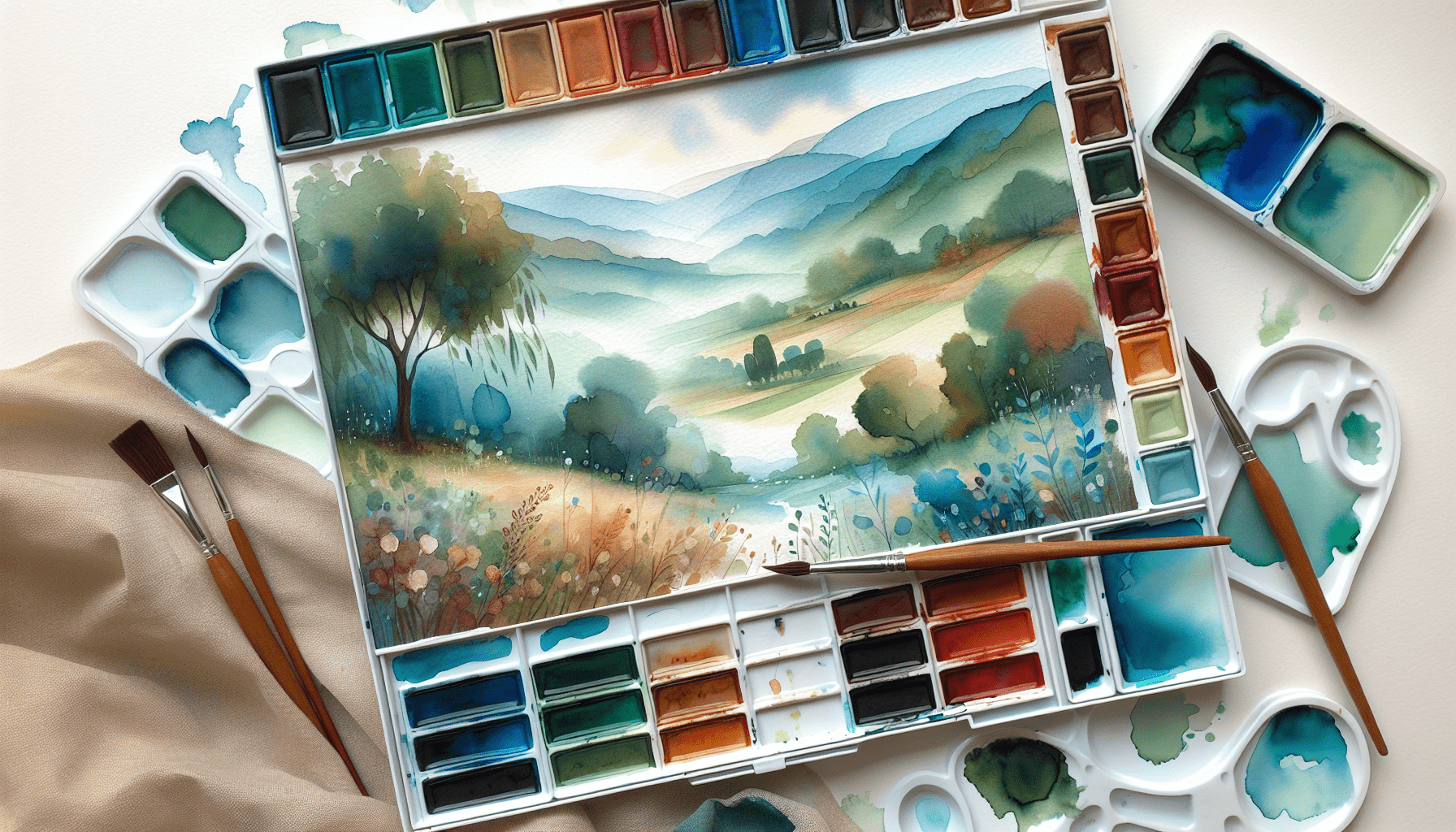Have you ever admired a landscape painting and wondered how you could create something similar using acrylics? Painting landscapes with acrylics is an accessible and rewarding venture that enhances your artistic skills while allowing you to express your creativity. The versatility of acrylic paints makes them suitable for capturing the nuances of natural scenery, from serene forests to dramatic coastlines.
Understanding Acrylic Paints
Acrylic paints are celebrated for their flexibility and fast-drying properties, making them ideal for both beginners and experienced artists. To get started on your landscape painting journey, it’s essential to grasp the properties and advantages of acrylics.
Benefits of Using Acrylics for Landscapes
One of the primary advantages of acrylic paints is their ability to adhere to a variety of surfaces, such as canvas, paper, or wood. They are also water-soluble, which allows for easy blending and cleaning. Acrylics dry quickly, enabling you to layer colors without long wait times. Furthermore, their vibrant pigments remain stable over time, ensuring your artwork does not fade easily.
Choosing the Right Acrylics
Selecting high-quality paints is crucial. Artist-grade acrylics offer higher pigment concentrations and more vibrant colors than student-grade paints. While they may be more expensive, the difference in quality can be significant. Consider purchasing brands known for their consistent performance.
Essential Materials for Acrylic Landscape Painting
A well-equipped artist’s toolkit is fundamental to creating stunning landscape paintings. Knowing what materials to gather will streamline your creative process.
Paints, Brushes, and Supports
- Acrylic Paints: Start with a basic palette that includes primary colors (red, blue, yellow), black, and white. You can mix these to create a wide range of hues.
- Brushes: Invest in a variety of brushes, such as flats, rounds, and fan brushes. Each brush type produces different effects and textures.
- Supports: Canvas boards or stretched canvases are excellent choices. Consider the texture and weight of the support, as they impact the final look of your painting.
Additional Supplies
- Palette: A flat surface for mixing paints is essential. Disposable palettes or palette paper can simplify cleanup.
- Palette Knife: Useful for mixing paints and applying thick layers.
- Water Container: Have a container ready to clean brushes or dilute paints.
- Rags or Paper Towels: Handy for correcting mistakes or removing excess paint.
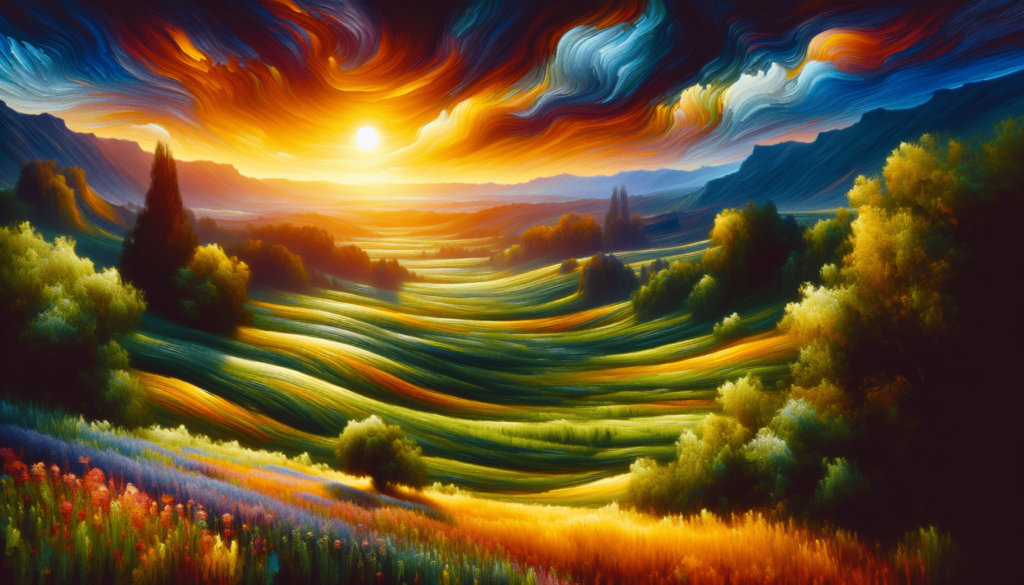
Preparing Your Workspace
Your painting environment significantly influences your creative process. A clean and well-organized workspace ensures you focus on the painting rather than the clutter.
Setting Up Your Studio
Choose a well-lit area, preferably with natural light. Arrange your materials within easy reach, including your paints, brushes, and water. Protect your surfaces with newspaper or a plastic cover to prevent paint stains.
Preparing Your Support
Before painting, ensure your canvas is properly prepared. If necessary, prime the surface with gesso. Priming prevents paints from soaking into the fabric, allowing for easier application and more vibrant colors.
Techniques for Acrylic Landscape Painting
Various techniques can help you portray landscapes in acrylics with authenticity and creativity. Understanding and practicing these methods will expand your skill set.
Blending and Layering
Acrylic paints dry quickly, so mastering blending is key. Start by laying down a base color and gradually add lighter or darker shades to create depth. Layering involves applying multiple coats to build texture and richness.
Texturing Techniques
Add interest to your landscapes using texturing techniques. Impasto, where paint is thickly applied, can mimic the roughness of tree bark or rocks. Splattering can be used to create foliage effects or the splash of waves.
Color Mixing
Understanding color theory is essential for mixing the right hues. Practice combining primary colors to achieve the secondary colors needed for your landscape. Remember that subtle variations can create a more realistic effect.
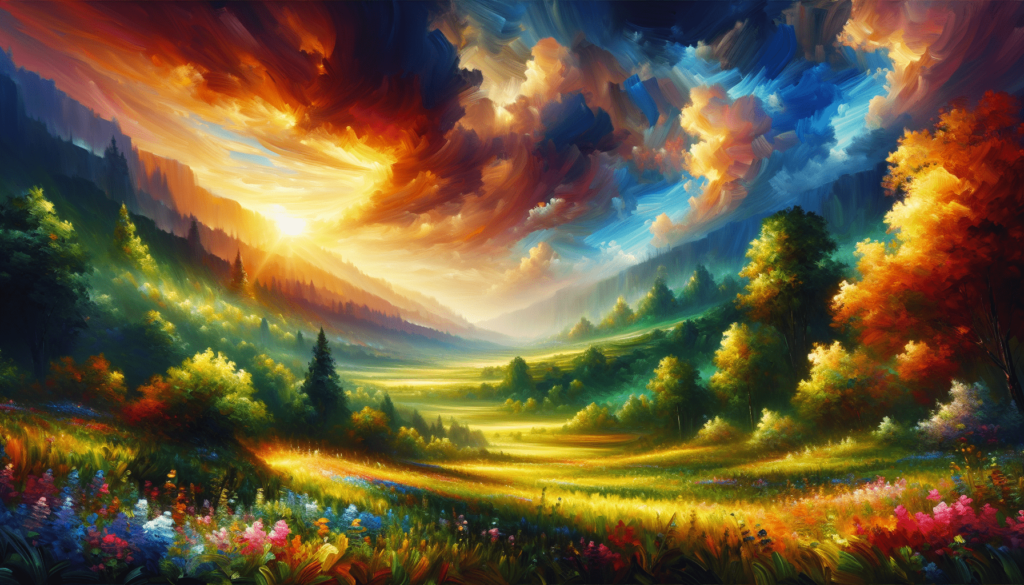
Composition in Landscape Painting
Composition guides the viewer’s eye through your artwork. It involves arranging elements in a way that brings balance and harmony to the scene.
Types of Composition
- Rule of Thirds: Divide your canvas into thirds, both horizontally and vertically. Place focal points along these lines for a balanced composition.
- Leading Lines: Use paths, rivers, or fences to direct the viewer’s gaze through the artwork.
- Framing: Enclose focal points with elements like trees or arches to focus attention.
Sketching Your Layout
Before applying paint, sketch the general layout of your landscape with pencil or diluted acrylic paint. This step helps you plan the composition and make adjustments before committing to paint.
Painting Different Elements of a Landscape
Painting a landscape involves merging various natural elements into a cohesive whole. Each element requires specific techniques.
Skies and Clouds
Skies set the mood for your landscape. Start with a gradient background, transitioning from light to dark. Use soft brushes or sponges for a smooth effect. Add clouds by dabbing lighter colors with a round brush or sponge.
Trees and Foliage
Capture the diversity of trees using different brush strokes and colors. Use a fan brush for leaves and bristles for bark texture. Vary your color palette to represent seasonal changes or different tree types.
Water and Reflections
Water can add serenity and movement to your painting. Use horizontal strokes to convey the impression of water. For reflections, mimic the colors and shapes of objects positioned above the water, ensuring they are softer and slightly blurred.
Mountains and Terrains
Mountains provide a majestic backdrop to landscapes. Start with dark base colors to establish the form and add lighter highlights to indicate ridges or snow caps. Use a palette knife for texture and bold strokes.
Adding Details to Your Landscape
Details can enhance the realism and interest of your painting, drawing viewers deeper into your work.
Use of Light and Shadow
Light and shadow help create dimension and mood. Determine your light source early in the painting process. Add highlights and shadows to objects, making sure they consistently reflect the direction of the light.
Incorporating Wildlife and Human Elements
Consider adding birds, animals, or figures to instill life in your scene. These additions can create narrative and scale—a small figure in a vast landscape emphasizes the immensity of nature.
Troubleshooting Common Issues
Even the most seasoned artists encounter challenges. Knowing how to troubleshoot problems can save time and frustration.
Correcting Mistakes
Acrylics allow for easily painting over errors. If you make a mistake, let the area dry, then repaint with correct colors. Alternatively, scrape wet paint with a palette knife for a fresh start.
Color Drying Surprisingly Dark
Acrylics can dry darker than they appear when wet. Test colors on scrap paper first. Mix a small amount of white to keep colors bright after drying.
Continuously Improving Your Skills
Artistic growth comes from practice and learning. Seeking opportunities to enhance your skills is vital for progress.
Practice Regularly
Consistency is key to improvement. Dedicate time each week to practice painting. Experiment with different landscapes to build versatility.
Learn from Others
Attend workshops, join art classes, or engage with online art communities. Observing other artists provides new insights and techniques you can incorporate into your style.
Seek Feedback
Invite critiques from fellow artists or instructors. Constructive feedback helps identify areas for improvement and recognizes strengths.
Conclusion
Mastering the art of landscape painting with acrylics is a fulfilling journey requiring patience, practice, and a willingness to explore various techniques. By understanding the properties of acrylics, preparing your workspace, experimenting with different methods, and continuously enhancing your skills, you will create landscapes that captivate and inspire viewers. Remember, the key is not just in brushing paint onto a canvas but in capturing the essence and beauty of nature as you perceive it.
